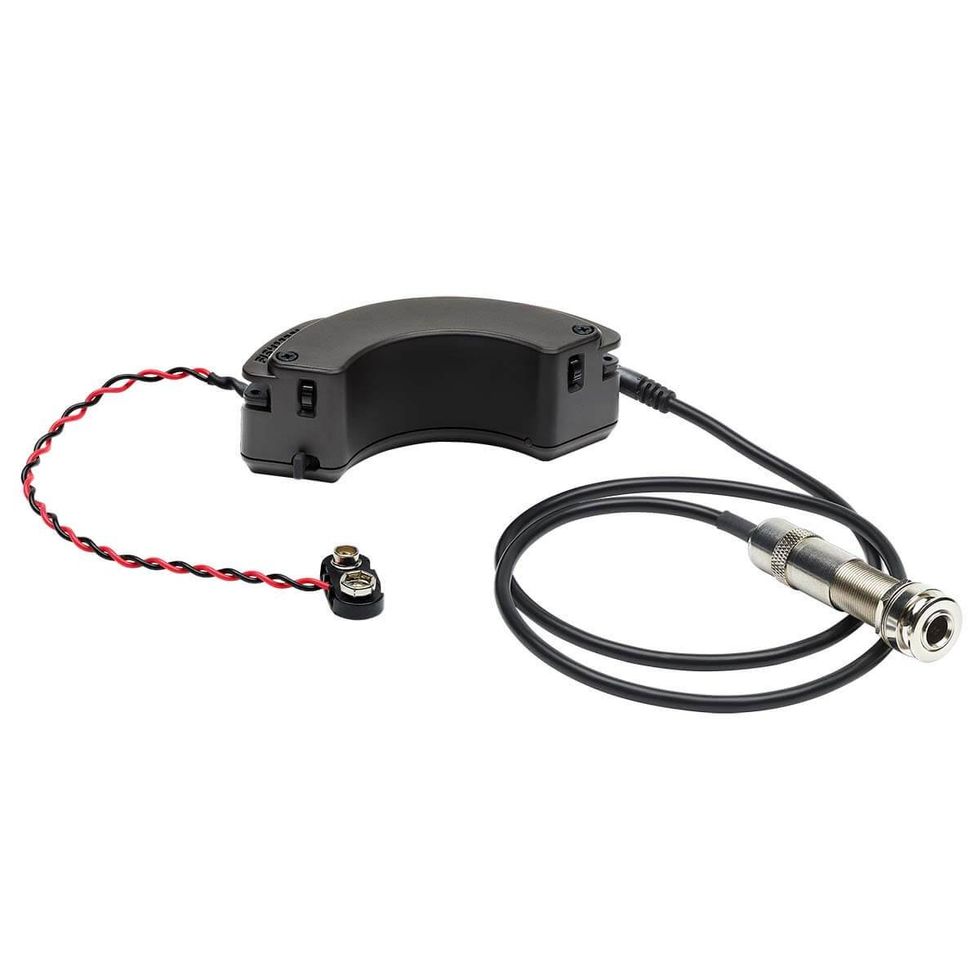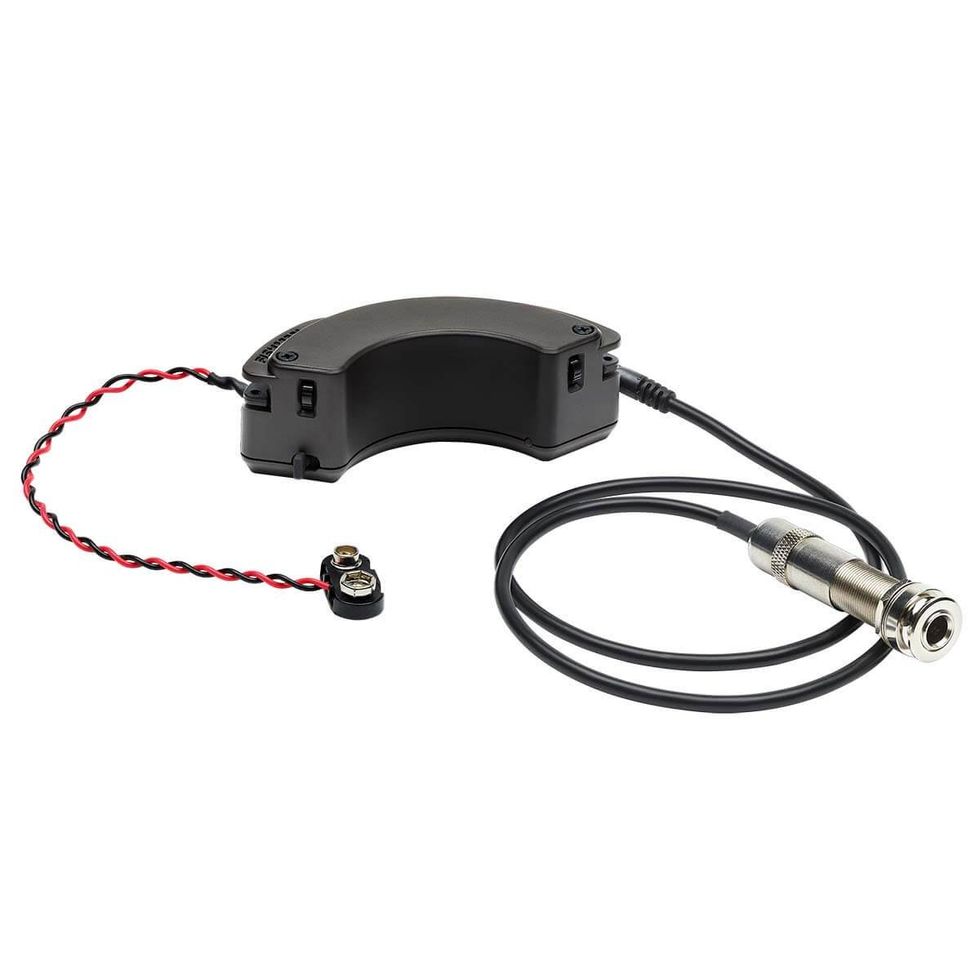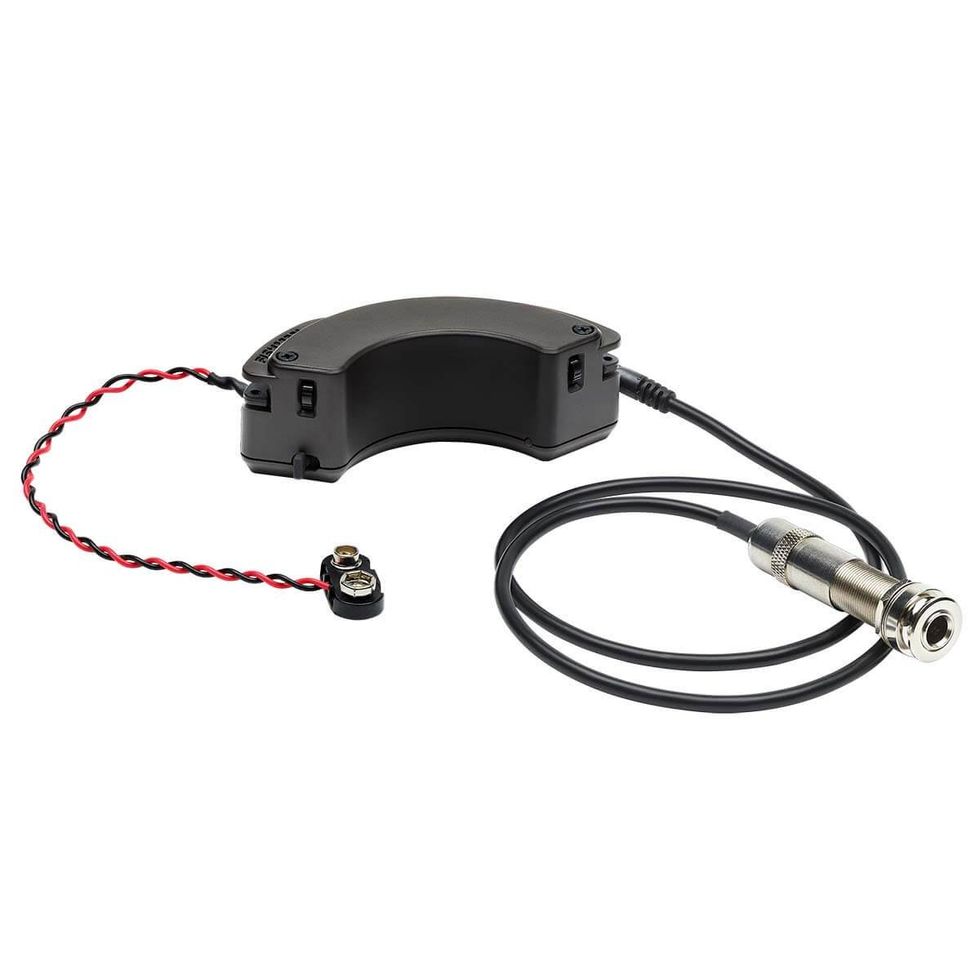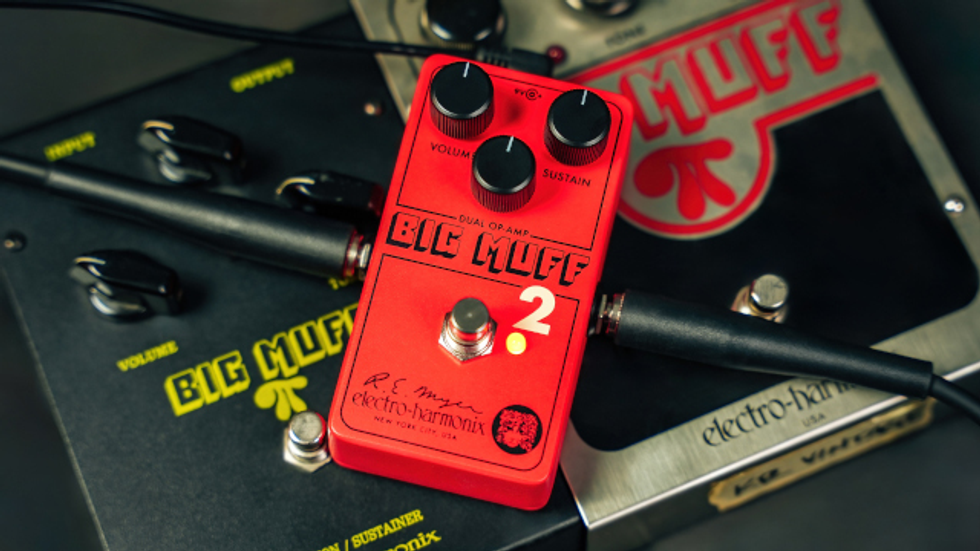OK, I admit it. I like the way the old ‘60s Thomas Organ Vox amplifiers sound. True, they are not tube amps like the AC30, but they have a sound of their own that is distinctive and ear-pleasing. Even today they have a dedicated following.
Except for some bad guesses on Thomas Organ’s part, the American Vox amps might have been much more popular and stayed popular for a longer period than they were. There were some ground-breaking technical items inside the Thomas Vox amps that deserve more notice than they got. Among these are:
A distortion channel inside the amp
There may have been earlier amplifiers with internal distortion channels, but I have not found them. The Beatle, Royal Guardsman, and Viscount/Buckingham amps all had a built-in distortion that was essentially a silicon Fuzz Face. It’s a decent sounding distortion, which suffered from only being available as a footswitch option and having no external controls.
Midrange Boosting
The nasal MRB sound was built into the amp, and again only accessible from the footswitch. It’s a neat British-invasion kind of sound that was the forerunner to the wah circuit, also introduced by Vox.
Tremolo and Reverb
The Thomas Organ Vox tremolo and reverb have incredible depth when set up properly and not suffering from aging capacitors. The tremolo has no detectable thumping; the reverb is one of the surfiest I’ve ever heard.
A "remote pedalboard"
This gave the guitarist the ability to control the effects from a five-switch foot-pedal.
A soft-clipping power amplifier
A little-noticed feature of the bigger Thomas Vox amps is the soft limiter ahead of the power amp circuit. The amps with the limiter circuit have an overdriven sound somewhere between solid state and tube amp overdrive.
This limiter soft-clips before the power amp. As a result, you hear the soft-clipper, never the harsh clipping of the power amp, under any overdrive conditions. This removes most of the harsh sound we have come to expect from solid state amps. Soft clipping has become a feature of some highly regarded super-hi-fi amps in the decades since the ‘60s, but this is the earliest instance of it I’ve seen.
I am certain that the designers put the limiter in to protect the power amp from failure by being overdriven, but in doing so they made the sound much better than it would otherwise have been.
Trolleys for moving the amps Thomas Organ followed the lead of the British AC100 and AC30 head-and-cabinet model in making a steel tubing trolley for moving their amps. This was not only a nice styling touch; the speaker cab for the Royal Guardsman and Beatle could be back-breakingly heavy. Some means of moving these things around easily were almost mandatory.
A few of Thomas Organ’s bad guesses:
Trolleys instead of more-portable amps Despite being a great idea, the trolleys weren’t implemented very well, and weren’t built to stand up to road use. As a practical matter, the trolleys were usually discarded.
One-amp-per-band
Although it seems odd from today’s perspective, The Beatle, Royal Guardsman, Buckingham and Viscount all have multiple input channels, intended for two guitars and a bass if the labels are to be believed. They thought a band would buy one amp, and everyone would run a cable to the same amplifier.
This led to some strange design ideas, like the reverb being assignable to one of three channels instead of something that applied across the whole amp. If you view this in the light of being a primitive mixer design halfway implemented, it makes some sense. But people stopped sharing amps very quickly in the ‘60s, so the design was outmoded pretty much before it got started.
Designs only an accountant could love
The Thomas Vox line carries the imprint of a heavy business hand. The very first Thomas Organ Vox amps were tube based, but they quickly revamped them into solid state with an obviously advertising-oriented lineup. There is a nice gradation of both physical size and number of features as you progress from the smaller, simpler and less expensive amps to the Super Beatle. However, the internal designs are only adequate in terms of heat removal, wire routing, general reliability and serviceability.
That last item is what has made Thomas Vox amplifiers so rare today. Amp techs had to charge so much money to repair these things that owners got disgusted and just tossed them into the landfill. That’s a shame, because in many ways the mixing of guitar amp with organ technology produced many things that have come to be standard today – remote foot switching of multiple effects, a distortion channel, a midrange boost, and a soft-clipping output stage that is only now being recognized for what it was.
R.G. Keen
Cheif Engineer
Visual Sound
www.visualsound.net







![Rig Rundown: Russian Circles’ Mike Sullivan [2025]](https://www.premierguitar.com/media-library/youtube.jpg?id=62303631&width=1245&height=700&quality=70&coordinates=0%2C0%2C0%2C0)
















